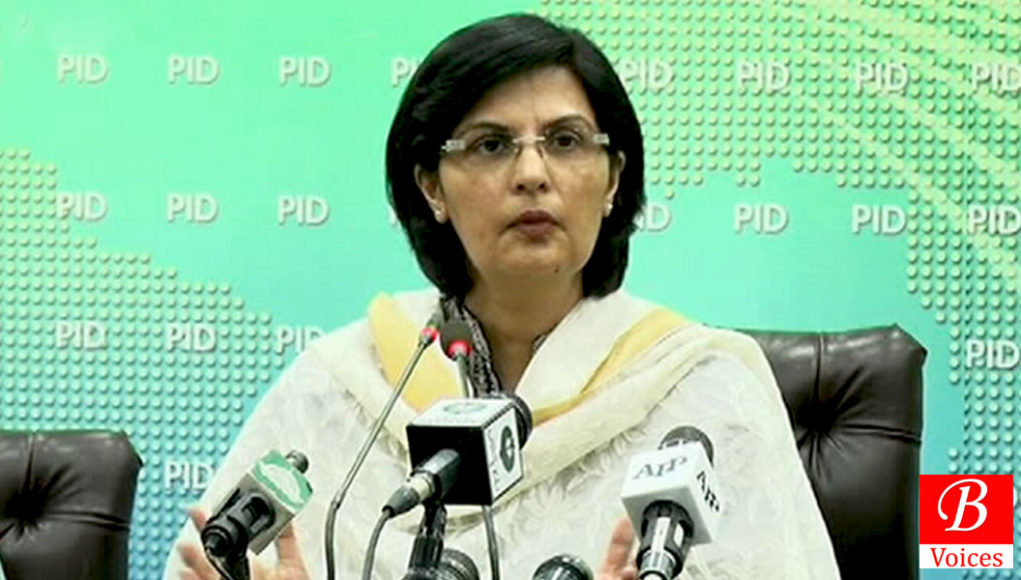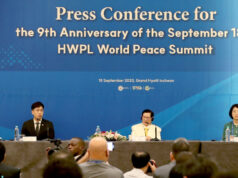Adnan Aamir
On April 5, the Benazir Income Support Program’s (BISP) Chairperson Sania Nishtar unveiled the distribution mechanism of Pakistan’s largest social net – Ehsaas Programme. Under this program, the government of Pakistan through BISP will disburse a one-time payment of Rs144 billion among underprivileged families, who cannot make ends meet due to the on-going lockdown. Notwithstanding the enormity and nobility of this cause, the inherent structural flaws in the program will prevent the under-privileged people in Balochistan from fully taking advantage of it.
Under this program, the 12 million beneficiaries have been divided into three categories. The first category comprises 4.5 million who are already registered with BISP as beneficiaries. Sources in the BISP office confirm that less than five percent of these 4.5 million households are from Balochistan.
The second category is of 4 million people who are also under the radar of BISP but they could not qualify for benefits based on the previously set poverty score criterion in 2010. The federal government is now relaxing the poverty score criterion to include these households. The third category comprises 3.5 million households whose conditions are not known to the program as they were missed out during the poverty census carried out by BISP in the past. People in this category have been asked to send their national identity card numbers as a text message to BISP so that they can be included in the list.
The problem arises on how the allocated amount of Rs144 billion is distributed among the poor living in all federating units. Sania Nishtar, in her press conference, clearly said that this distribution would be made purely on the basis of population. This is a problematic approach, where Balochistan and the former districts of FATA will be the biggest losers as their overall population share is low but their share of poor in the total population is much larger.
Based on the formula decided by BISP, the share of the population of each federating unit will be its share in the Ehsaas program. The share of Balochistan is the total population of Pakistan is 5.94 percent but the people living below the poverty line make up much more than this figure of the total figure of this category.
The most recent report measuring poverty in Pakistan was carried out in 2014-15. Titled Report on Multidimensional Poverty 2016, it reveals the true extent of poverty disparity in the country. According to this report, 39 percent in Pakistan are multi-dimensionally poor. Whereas the same figure is a staggering 71.2 percent for Balochistan and 73.4 percent for the erstwhile FATA. This means that almost every three out of four people live below the poverty line in Balochistan and erstwhile FATA. The on-going lockdown due to the coronavirus pandemic has further aggravated the situation and many more households may have fallen below the poverty line. Under these circumstances, it would be completely unfair for BISP to ignore the poverty population composition in the Ehsaas program funds disbursement.
Of the total poor households in Pakistan, approximately 10.57 percent live in Balochistan. Instead of using the overall population of provinces for the proposed share of provinces, the Ehsaas program should distribute the money meant for the poor by taking the poor population as ‘population.’ This makes more sense when keeping in mind equity and will increase the coverage of the program in Balochistan, which is the poorest province having limited resources. If the federal government leaves out a large number of the poor population of the province, then the provincial government cannot reach out to those households, even if it might want to do so. The current pandemic has badly affected the informal sector and most daily wage workers are out of work. Large scale unemployment may lead to social unrest in the province which will affect the law and order situation in the province.
Another approach for BISP to follow is the NFC Award, which does account for poverty across regions for federal transfers to provinces. Under 7th NFC figures, Balochistan will get a share of 9.09 percent, which is still much higher than the overall population share of 5.94 percent. However, Sania Nishtar conveniently shot down the NFC proposal using the argument that Gilgit-Baltistan (GB) and Azad Jammu and Kashmir (AJK) are not part of NFC. This argument does not make sense because the federal government can easily come up with a bigger than population share for both GB and AJK by giving a weightage to poverty in these two regions. After deducting GB’s and AJK’s share from the overall package of Rs144 billion, the rest can be distributed among provinces as per NFC award figures. Hence, the federal government and BISP has to come with a lot more to justify not using the poverty formula or NFC figures.
This is a historical opportunity for the federal government to reach out to those poor households residing in Balochistan’s far-flung areas which were missed in the initial poverty census of 2010. This is only possible if the provincial poverty share in total poor population is used for distribution among provinces and applied to all three categories of beneficiary households announced by Dr. Sania Nishtar. This will ensure that beyond this one-time payment of Rs144 billion, all poor households in Balochistan will become part of the National Socio-Economic Registry and will receive regular monthly transfers under the Ehsas Program.
Moreover, the Balochistan government and volunteer organizations have to play their role in registering the maximum number of deserving beneficiaries in this system. The third category, as mentioned above, of 3.5 million people is where the maximum number of underprivileged people of Balochistan can be adjusted. This can be simply done by sending the CNIC number as a text message to 8171. A forceful campaign by the government can make a real difference in entering a maximum number of people in the system. The government should also engage NADRA to make CNICs of underprivileged people in peripheral areas who have never stepped out of their villages in their lives.
Chief Minister Jam Kamal’s government has been under attack from all corners lately. Whether it is the poor quarantine facilities at Taftan or ill-treatment of young doctors in Quetta, the Balochistan government is not enjoying a good image in the media. If they pursue the case of Balochistan with BISP and make them rethink the resources disbursement formulae from population to poverty figures or NFC figures, then it will considerably help in building a positive image for the government.
This article was originally published in The Friday Times
Share your comments!








